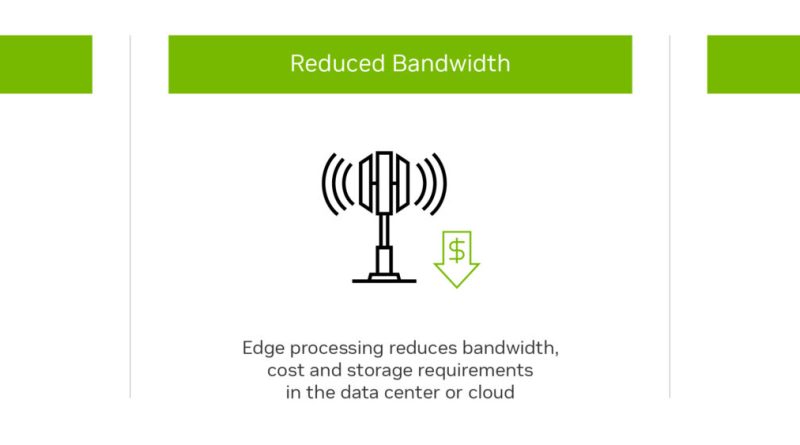Edge Computing Applications for Small Businesses: Cutting Costs, Boosting Speed
Let’s be honest—small businesses don’t have the luxury of wasting time or money. Every second counts, and every dollar needs to pull its weight. That’s where edge computing sneaks in like a backstage pass to efficiency. It’s not just for tech giants anymore. Here’s how it works—and why it might be your secret weapon.
What Exactly Is Edge Computing? (And Why Should You Care?)
Imagine your data as coffee. Cloud computing? That’s like sending your beans to a factory across the country for brewing. Edge computing? You’ve got a mini-espresso machine right at your counter. It processes data where it’s generated—whether that’s security cameras, POS systems, or inventory sensors—slashing delays and bandwidth costs.
Top Edge Computing Use Cases for Small Businesses
1. Retail: Smarter Checkouts, Happier Customers
Ever seen a customer ditch their cart because the line was too long? Edge computing can analyze foot traffic in real-time, triggering extra registers to open automatically. Some stores even use edge-powered cameras for:
- Frictionless payments: Scan-and-go systems that don’t rely on distant servers.
- Personalized promos: Shelf sensors suggest discounts based on what you’re holding.
- Theft prevention: Instant alerts if items leave without being scanned.
2. Cafés & Restaurants: No More “System Down” Disasters
When your POS goes offline during lunch rush, it’s chaos. Edge devices keep orders processing locally—even if the internet drops. Bonus? Kitchen displays update instantly, no lag. Some edge applications:
- Temperature monitoring for fridges (avoid spoiled inventory headaches).
- Predictive equipment maintenance (that espresso machine won’t die mid-shift).
- Dynamic menu pricing based on local weather or ingredient stock.
3. Field Services: Fix It Fast, Bill Faster
Plumbers, electricians, HVAC techs—edge computing means no more waiting to upload job data back at the office. Technicians can:
- Access repair manuals offline via edge-cached databases.
- Generate invoices on-site with edge-processed payment systems.
- Streamline route optimization without cloud dependency.
The Cost-Saving Magic of Edge for Small Budgets
Here’s the deal: edge computing reduces your reliance on expensive cloud storage and bandwidth. Think of it like downsizing from a warehouse to a well-organized closet. A few stats that matter:
| Cost Factor | Cloud | Edge |
| Data Transfer Fees | High (pay per GB) | Minimal (local processing) |
| Latency Issues | Delays common | Near-zero lag |
| Downtime Risk | Server outages affect you | Keeps running offline |
Getting Started: Simple First Steps
You don’t need a full IT overhaul. Try these low-risk entry points:
- Edge-enabled security cameras: Local storage + real-time alerts.
- Smart inventory trackers: Bluetooth sensors that update stock counts without cloud syncs.
- POS with edge processing: Square and Shopify offer hybrid options.
The Future’s Edge-y (And That’s a Good Thing)
As 5G spreads and IoT devices get cheaper, edge computing will become the quiet backbone of small biz agility. It’s not about replacing the cloud—it’s about choosing the right tool for the job. Sometimes, faster and simpler wins.

